Nanjing Travel Guide
1. Zijin Mountain Scenic Area Zhongshan Mountain National Park: Dr. Sun Yat-sen’s Mausoleum-Ming Tomb-Linggu Scenic Area-Music Stage
Dr. Sun Yat-sen’s Mausoleum is the tomb of Dr. Sun Yat-sen and is regarded as a masterpiece among all buildings of the former Republic of China. Nearby the mausoleum, there are the Music Stage, the Liuhui Waterside Pavilion, the Sutra Depository and other auxiliary memorial buildings.

The Ming Tomb is the mausoleum of Zhu Yuanzhang, the founding emperor of the Ming Dynasty, and Empress Ma. It initiated a new construction standard system, which was followed by all the other imperial mausoleums in the Ming and Qing Dynasties. Shixiang Road, Plum Blossom Hill, Zixia Lake and other scenic areas are very beautiful.
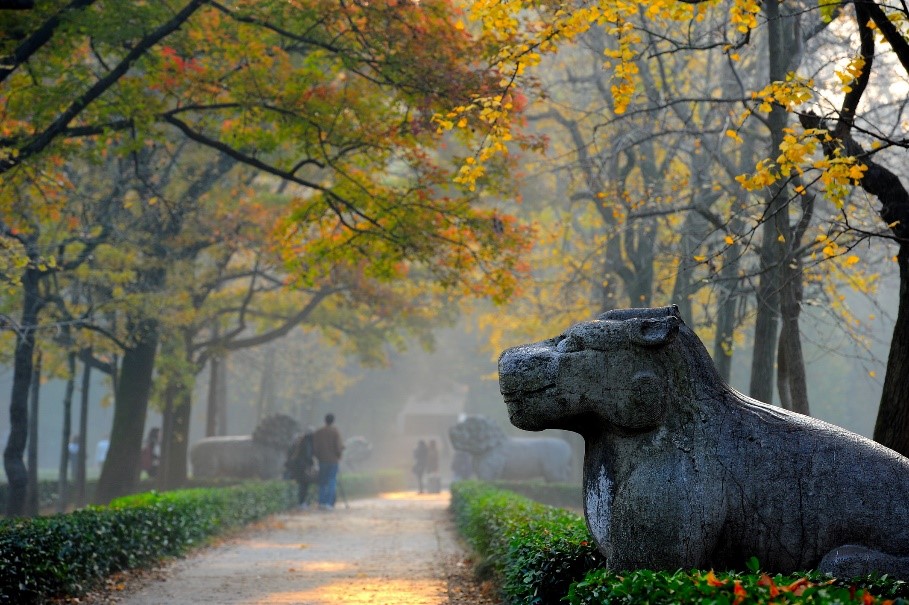
The Linggu Scenic Area is located about one kilometer east of the Dr. Sun Yat-sen’s Mausoleum. Now the existing sites in the scenic area include the Linggu Temple, an ancient temple of six dynasties, tomb of Baozhi (a noted monk of the Liang Dynasty), the Wangong Pond of the Ming Dynasty, China's largest Beamless Hall, the Linggu Pagoda built in the period of the former Republic of China, the Songfeng Pavilion, and tombs of Tan Yankai, Deng Yanda and other celebrities of the former Republic of China.
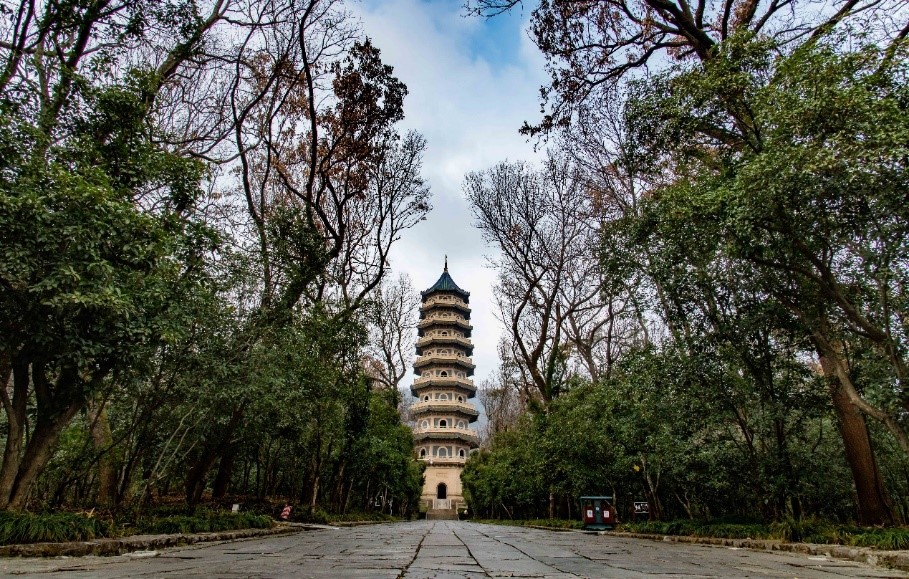
The Music Stage of integrated Chinese and Western style is an auxiliary building of Sun Yat-sen Mausoleum, and achieves the perfect harmony of nature and architecture by combining ancient Greek architectures and classical gardens in south regions of the Yangtze River. Click the link to get more detail. http://www.zschina.org.cn/

2. Qinhuai River Scenic Area: Confucius Temple-Zhanyuan Garden-Jiangnan Imperial Examination Hall- East Zhonghua Gate Historical Culture Block
Confucius Temple is located in Gongyuan Street on the north bank of Qinhuai River in Qinhuai District, Nanjing. west of Jiangnan Gongyuan. It is located in the core area of Qinhuai scenery belt of Confucius Temple, namely Nanjing Confucian Temple, Nanjing Cultural Temple, and Wenxuan Wang Temple. It was a place to worship and consecrate Confucius, thegreat philosopher and educator of ancient China. It is the first highest academic institution and one of the four major Confucian temples in China, not only the cultural and educational center of Nanjing in the Ming and Qing Dynasties, but also the cultural and educational building group that ranked first in the Southeast Provinces.

Zhanyuan is the only group of well preserved classical garden buildings of Ming Dynasty in Nanjing. lt has a long history, rich culture and pleasantscenery. Together with Jichang Garden in Wuxi, Zhuozheng garden in Suzhou andLiuyuan garden, Zhanyuan is known as "four famous gardens in the south of theyangtze River. It is also the History Museum of the Taiping Heavenly Kingdom. Thereare more than 1600 cultural relics on display, including the jade seal of God, theDragon Robe of the heavenly king, the golden crown, the flag, the sword and soon.

Jiangnan Imperial Examination Hall is one of the largest imperial examination halls in ancient China. Founded in the Southern Song Dynasty, it was originally a place for county and government schools to take exams. In 1368 AD, after Ming Taizu Zhu Yuanzhang established his capital in Nanjing, he gathered local and provincial examinations here. In 1421 AD, Zhu Di, the founder of the Ming Dynasty, moved his capital to Beijing and kept it as a place for local exams. After continuous expansion, by the reign of Emperor Guangxu of the Qing Dynasty, China had formed the largest examination hall with 20644 candidates. In the Qing Dynasty alone, 58 people passed the Jiangnan Township Examination and achieved the top scorer, accounting for more than half of the total number of top scorers in the country.

East Zhonghua Gate Historical Culture Block from Changle Road in the north, reaches the Ming City Wall in the south, starts from Jiangning Road in the east, and ends at the Inner Qinhuai River in the Zhonghua Gate Castle section in the west. Covering a total area of approximately 700000 square meters, it has always been one of the core functional areas of the Confucius Temple in history. The folk arts and crafts such as Jinling Sutra Carving, Nanjing White Bureau, Deyun Society, hand-made kites, cloth paintings, bamboo carving, Paper Cuttings, and marionette were opened, and a variety of traditional food snacks in Nanjing were introduced.
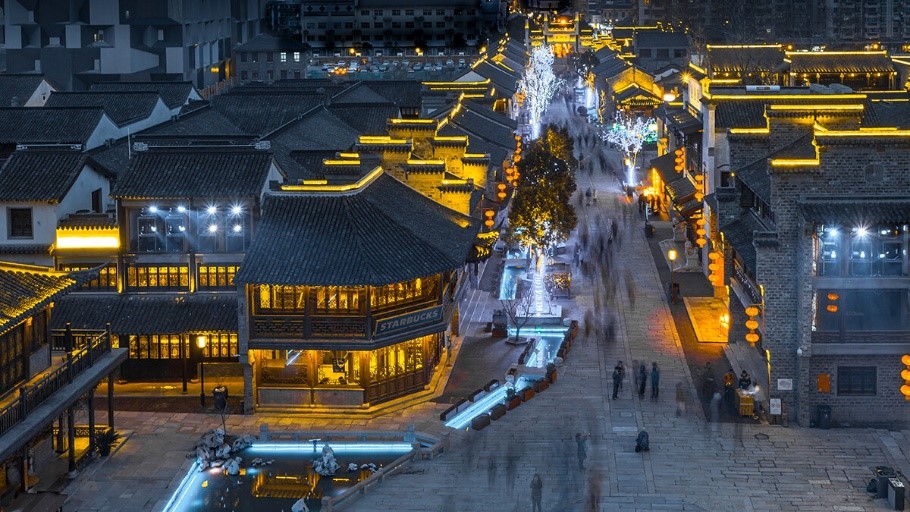
3. Xuanwu Lake Scenic Area: Xuanwu Lake- Jiming Temple- The Nanjing Circumvallation
Xuanwu Lake is located in the main city of Nanjing, with the integration of human heritage and natural landscape. During the Six Dynasties, it was a royal garden and lake, and during the Ming Dynasty, it was a national Huangce archive, and now it is known as the "Pearl of Jinling". The total area of the scenic spot is 5.13 square kilometers, of which the lake area is 3.78 square kilometers and the land area is 1.35 square kilometers. Xuanwu Lake is composed of "five islands", "one garden" and "one road". The five islands are connected by bridges and embankments, which is quite unique.
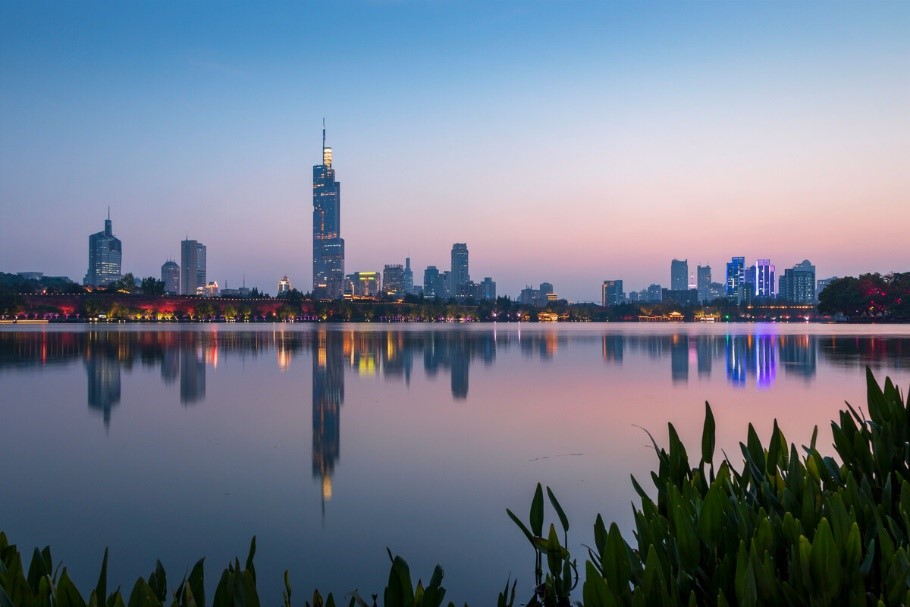
Jiming Temple is located in the northeastern part of Nanjing City. It was built first in the Southern Tang Dynasty and then in the Song Dynasty. The existing Temple was built in the Ming Dynasty. With Xuanwu Lake at the back, Jiming Temple faces the Purple Mountain to the east. Inside the temple are Guanyin Building, Huomeng Building, Jingyang Building, Rouge Well, etc. Legend has it that when the emperor of the Southern Tang Dynasty and his concubine hid themselves in the well in order to escape the enemy pursuit, the stains of rouge were left on the well: hence the name of Rough Well. Behind the temple there remains a section of palace wall called Taicheng.
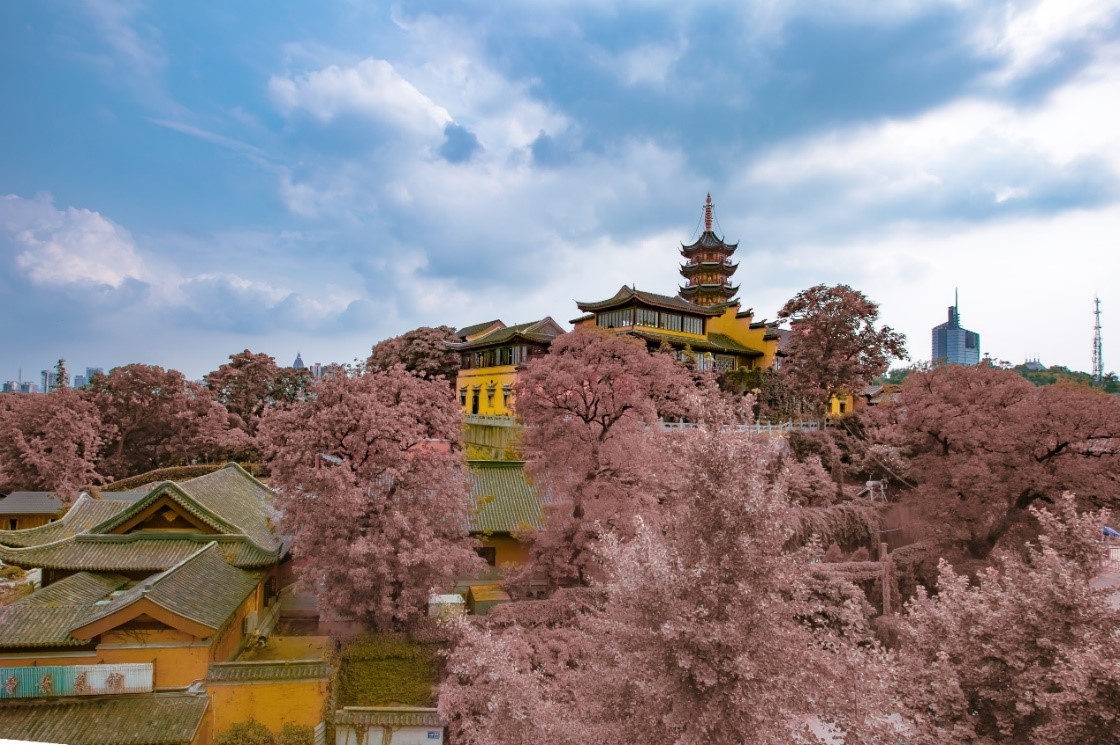
The Nanjing Circumvallation is an important masterpiece in the mature period in the fortification history of China and also the most representative historical and cultural symbol of Nanjing City. Nanjing City Wall built in the middle period of the 14th century was an important defense project for guarding the capital of the country upon Ming Emperor Zhu Yuanzhang establishing a capital in Nanjing. The urban area planned was surrounded by winding hills and landscapes. Although it had favorable geographical position called a forbidding strategic point, it had higher requirements for the city wall builders at that time, which reflected in building thought, building materials, building technology, building techniques and so on. Its building structure and characteristics are closely related to the terrain and landform of Nanjing and Nanjing City Wall of the Ming Dynasty is a perfect combination between the innovation of traditional fortification technology and the characteristics of Nanjing City.
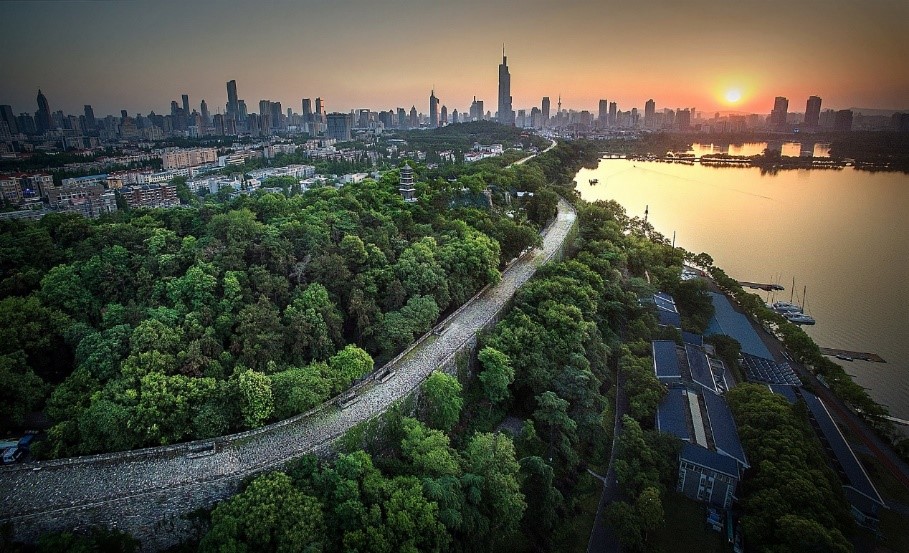
4. Yuhuatai Scienic Area: Yuhuatai Martyrs Group Sculptures-Yuhuatai Revolutionary Martyrs Monument-Reflecting Pool-Memorial Bridge- Yuhuatai Martyrs Memorial Hall- Loyalty Pavilion
The statue of martyrs serves as a symbol of Yuhuatai scenic area. Built in 1979, it is 10.03 meters high, 14.2 meters wide and 5.6 meters thick. It is composed of 179 pieces of granite, with a total weight of about 1,300 tons. It has an outstanding theme and unique gradation. It is one of the largest granite statues built in China after 1949. It represents the noble revolutionary integrity of martyrs when facing the end of their lives.
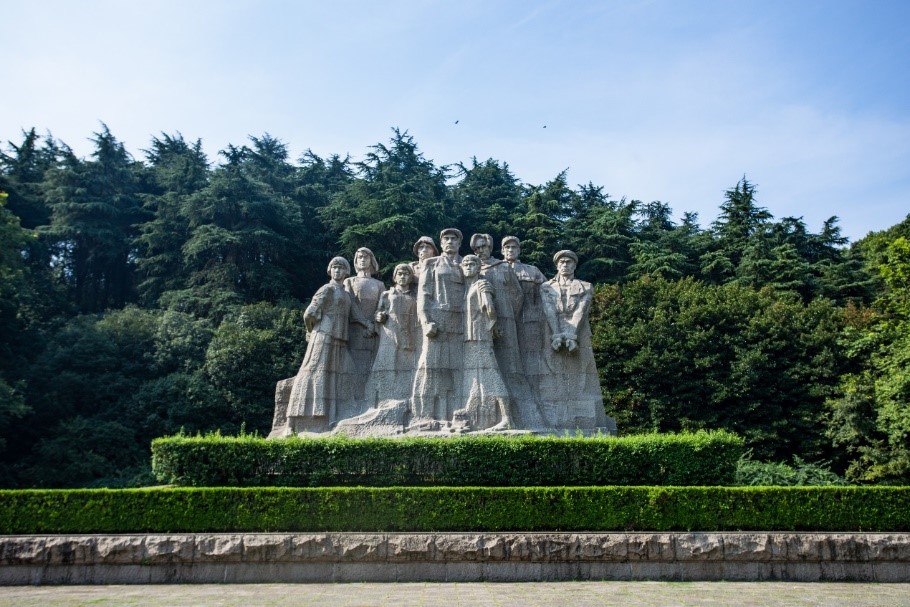
Yuhuatai Revolutionary Martyrs Monument is built in 1989, standing on the main peak square of Yuhuatai. The square shaped monument is 42.3 meters high, 7 meters wide and 5 meters thick. On the front side, it is engraved with 8 golden Chinese characters of Deng Xiaoping's calligraphy "Yuhuatai Martyrs Monument". In front of the monument, stands a 5.5-meter-high bronze statue of martyrs, which is entitled "Death before dishonor!" On both sides of the platform on the ground floor are stone sculptures of people honoring the revolutionary martyrs, which is designed by Professor Qi Kang at Southeast University.
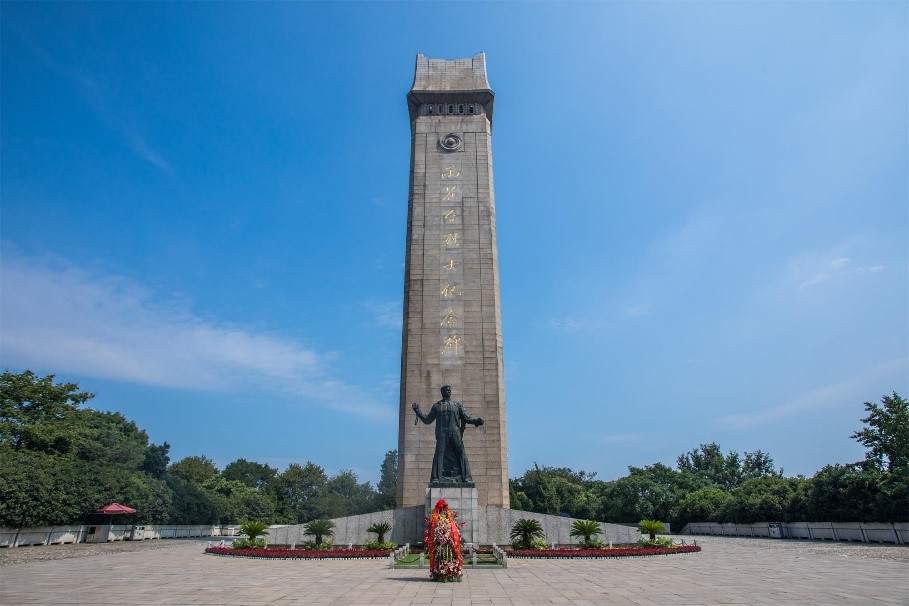
The Memorial Bridge across the Yuhua Lake leads to the memorial hall surrounded by green trees. The bridge is 103 meters long, paved with colorful Yuhua stones. The sides of the bridge are constructed with horizontal granite slopes 1 meter in width, each decorated with 12 stone circles with a diameter of 1.2 meters, which stand for 24 solar terms in 12 months of a year, serving as a commemoration of the martyrs. Click the link to get more detail. http://www.travel-yuhuatai.com/

5. The Memorial Hall of the Victims in Nanjing Massacre by Japanese Invaders
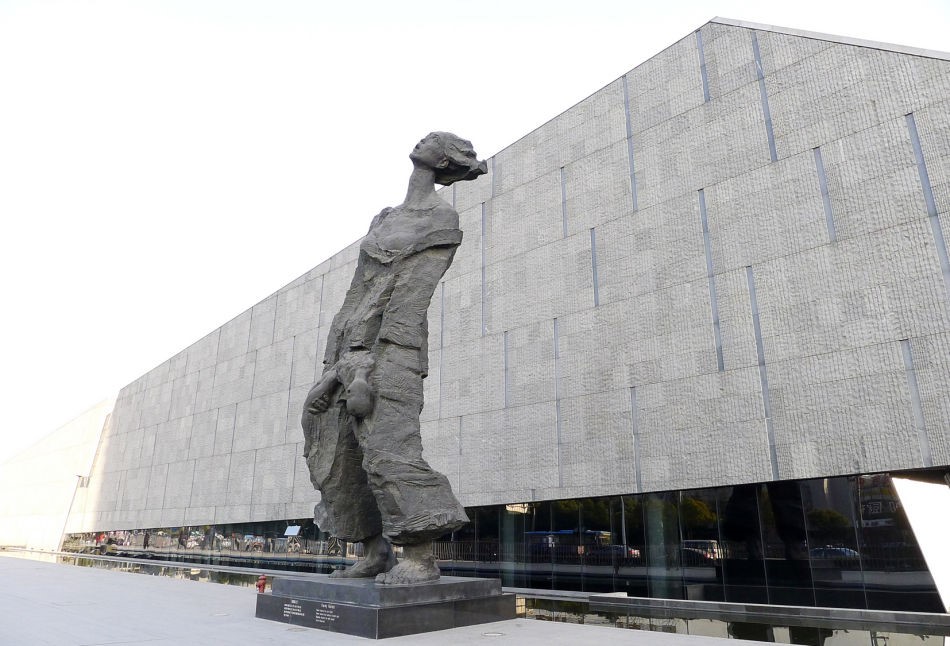
6. Nanjing Museum
Click the link to get more detailhttps://www.njmuseum.com/zh

7. Garden Expo
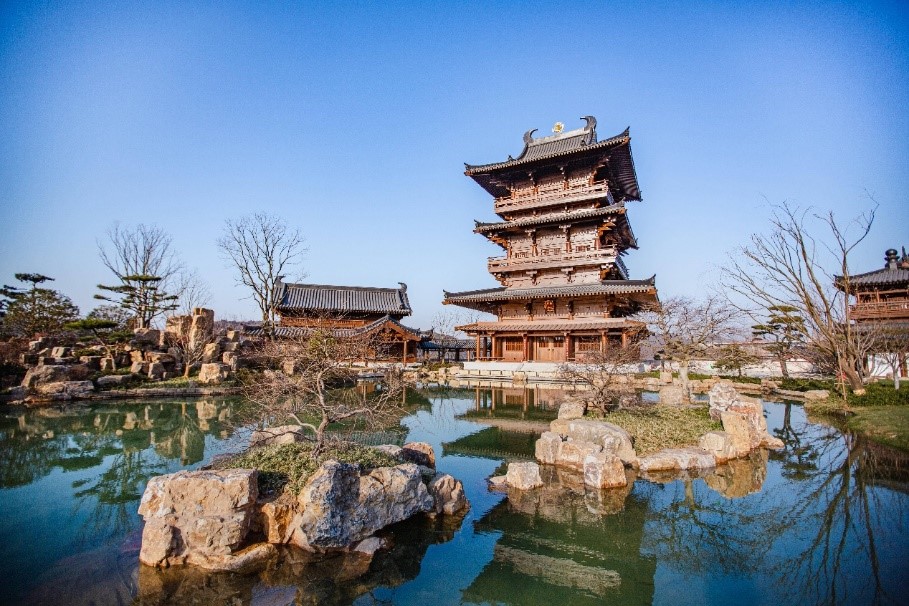
8. Qixia Mountain
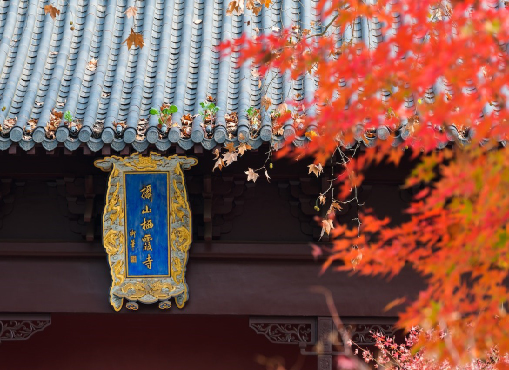
9. Niushou Mountain
Click the link to get more detailhttps://www.niushoushan.net/
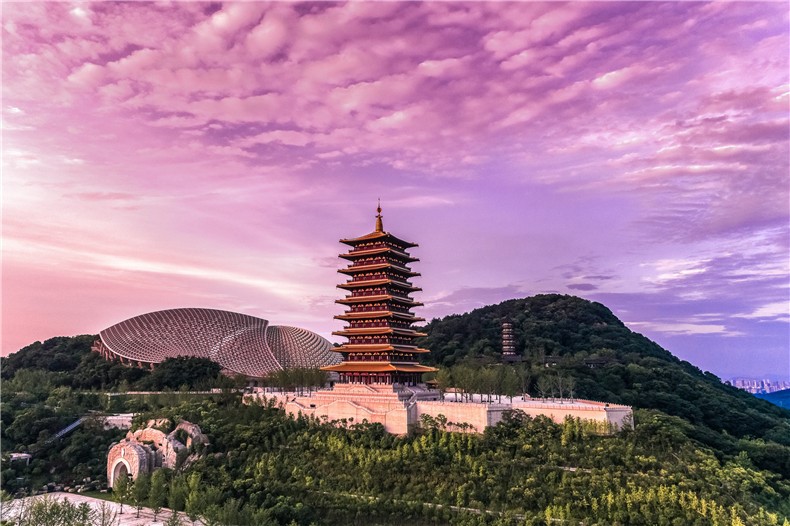
Important Dates
Aug. 10, 2023
Sept. 15, 2023
Sept. 20, 2023
Oct. 20-23, 2023


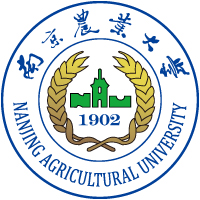
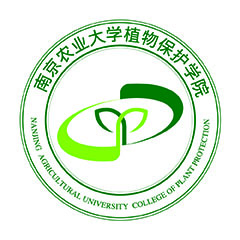



 京公网安备 11010802039275号
京公网安备 11010802039275号